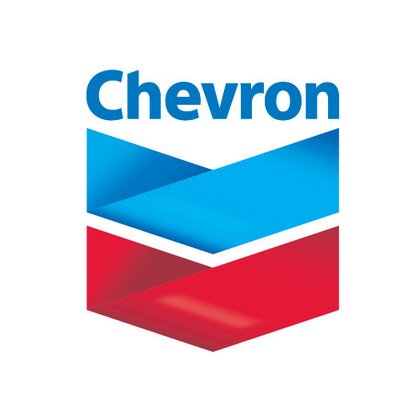
Global oil-equivalent production fell from 2.58 million barrels a day in the 2013 second quarter to 2.55 million barrels a day due to normal field declines, planned downtime and price and other entitlement effects. U.S. profits fell from $1.08 billion a year ago to $1.05 billion as asset sales and higher prices were more than offset by additional depreciation and higher costs. The company’s average U.S. selling price per barrel rose by $0.19 a barrel to $92.55, while the average sales price of natural gas rose from $3.78 per thousand cubic feet a year ago to $4.09 in the quarter.
U.S. refining profits rose from $138 million a year ago to $517 million in the second quarter due to higher profits from a 50/50 chemical company joint venture, higher margins on product sales and a gain on the sale of assets. Internationally, refining profits fell from $628 million to $204 million, which Chevron attributed mainly to lower margins. Foreign currency translation effects lowered earnings by $84 million, compared with a boost of $30 million in the year ago quarter.
The company’s CEO said:
Our second quarter earnings and cash flow were solid. Current quarter earnings reflected stronger market conditions for crude oil, although some of these benefits were offset by lower production volumes as a result of planned maintenance activity at Tengizchevroil in Kazakhstan. Gains on asset sales also contributed to our results, as we completed important sales under our three-year divestment program.
ALSO READ: The 10 Most Oil-Rich States
Chevron paid a quarterly dividend of $1.07 (dividend yield of $3.2%) and repurchased $1.25 billion in common stock during the quarter.
Capital spending rose from $18.3 billion in the first half of last year to $19.6 billion this year. Full-year capex is expected to be about flat with last year at around $38 billion. Capex spending is aimed at raising production by 20% in 2017.
The earnings announcement did not include guidance, but the consensus estimate for the third quarter calls for EPS of $2.85 on revenues of $58.4 billion. For the full year, EPS and revenues are estimated at $10.78 and $227.74 billion, respectively. These estimates have fallen in the past 90 days by $0.10 on the EPS estimate and by about $500 million on the revenue side.
Like peer Exxon Mobil Corp. (NYSE: XOM), revenues and profits are constrained by falling production. However, because the world is not short of oil, the companies might be thinking that producing more oil may lower revenues and profits. After all, the cheapest place to store oil is in the ground where nature put it.
Chevron shares were up about 0.6% in premarket trading, at $130.06 in a 52-week range of $109.27 to $135.10. Thomson Reuters had a consensus analyst price target of around $134.50 before this report.
ALSO READ: Exxon Mobil Production Declines Outweigh Earnings, Revenues
Travel Cards Are Getting Too Good To Ignore (sponsored)
Credit card companies are pulling out all the stops, with the issuers are offering insane travel rewards and perks.
We’re talking huge sign-up bonuses, points on every purchase, and benefits like lounge access, travel credits, and free hotel nights. For travelers, these rewards can add up to thousands of dollars in flights, upgrades, and luxury experiences every year.
It’s like getting paid to travel — and it’s available to qualified borrowers who know where to look.
We’ve rounded up some of the best travel credit cards on the market. Click here to see the list. Don’t miss these offers — they won’t be this good forever.
Thank you for reading! Have some feedback for us?
Contact the 24/7 Wall St. editorial team.




